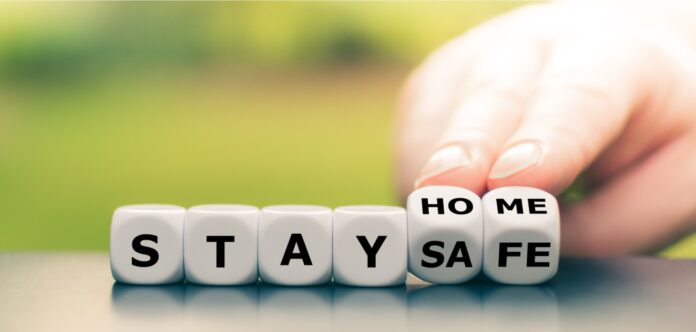In an ever-changing world filled with uncertainties, prioritizing personal safety is paramount. Whether at home, on the road, or online, taking proactive steps to stay safe can significantly reduce the risk of harm and ensure peace of mind. In this article, we’ll explore the importance of staying safe and provide practical tips for safeguarding yourself and your loved ones in various scenarios.
Introduction to Staying Safe
Safety is not just about avoiding physical harm; it encompasses a broader spectrum of well-being, including mental, emotional, and financial security. Staying safe involves being aware of potential risks and taking proactive measures to mitigate them. From ensuring home security to practising safe driving habits, every action we take contributes to our overall safety and well-being.
Importance of Personal Safety
Understanding the importance of personal safety is the first step towards creating a safer environment for oneself and others. By recognizing potential risks and hazards, individuals can take preventative measures to minimize the likelihood of accidents or incidents. Whether it’s securing your home against burglaries or practising safe behaviours while travelling, prioritizing personal safety can prevent unnecessary harm and loss.
Safety Tips for Various Scenarios
Personal safety encompasses a wide range of scenarios, each requiring specific strategies and precautions. At home, installing security systems, such as alarms and surveillance cameras, can deter potential intruders and provide peace of mind. When travelling, whether domestically or internationally, it’s essential to research destinations, stay vigilant in unfamiliar surroundings, and avoid risky behaviours.
In the digital age, online safety is equally important, with cyber threats becoming increasingly prevalent. Practising good cybersecurity habits, such as using strong passwords and avoiding suspicious links, can protect against identity theft and data breaches.
Emergency Preparedness
Being prepared for emergencies is crucial for ensuring personal safety and resilience in the face of adversity. Creating an emergency plan that includes evacuation routes, emergency contacts, and essential supplies can help mitigate the impact of natural disasters, accidents, or other unforeseen events. Additionally, having basic first aid knowledge and access to medical supplies can save lives in emergencies.
Promoting Safety in Communities
Safety is not just an individual responsibility; it’s a collective effort that requires community involvement and collaboration. Neighbourhood watch programs empower residents to take an active role in protecting their communities by reporting suspicious activities and fostering a sense of solidarity. Safety awareness campaigns, organized by local authorities or community groups, educate the public about common risks and provide resources for staying safe.
The Role of Technology in Safety
Advancements in technology have revolutionized the way we approach safety and security. Safety apps, designed for smartphones and wearable devices, offer real-time alerts and emergency assistance at the touch of a button. Surveillance systems, equipped with AI-powered analytics, enhance situational awareness and enable proactive threat detection in both residential and commercial settings.
Conclusion
Staying safe is not just about avoiding danger; it’s about taking proactive steps to protect yourself and your loved ones in every aspect of life. By prioritizing personal safety, staying informed about potential risks, and being prepared for emergencies, individuals can create a safer and more secure environment for themselves and their communities.




